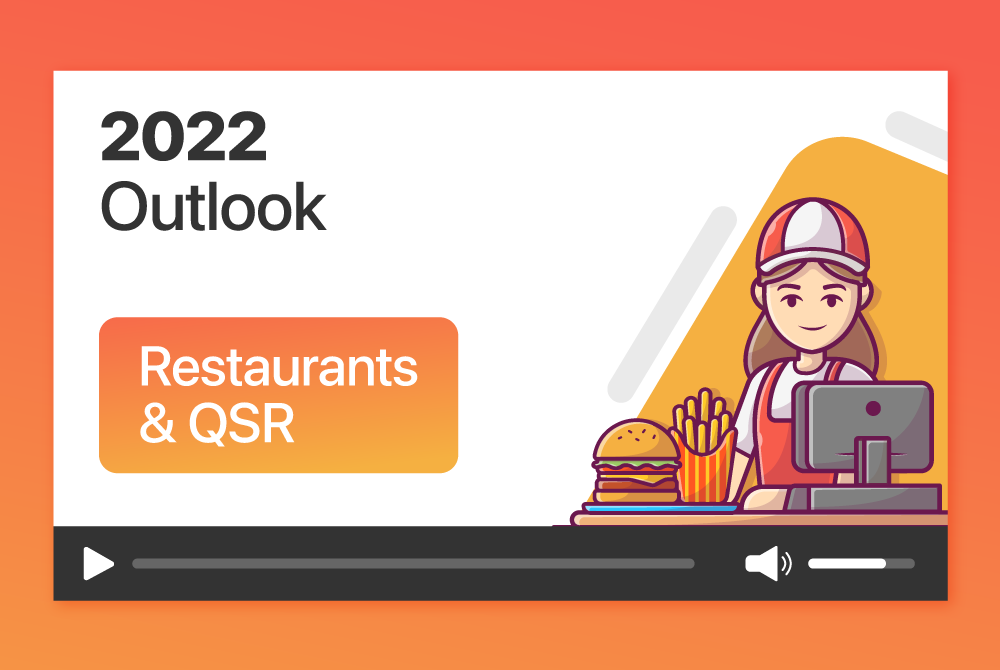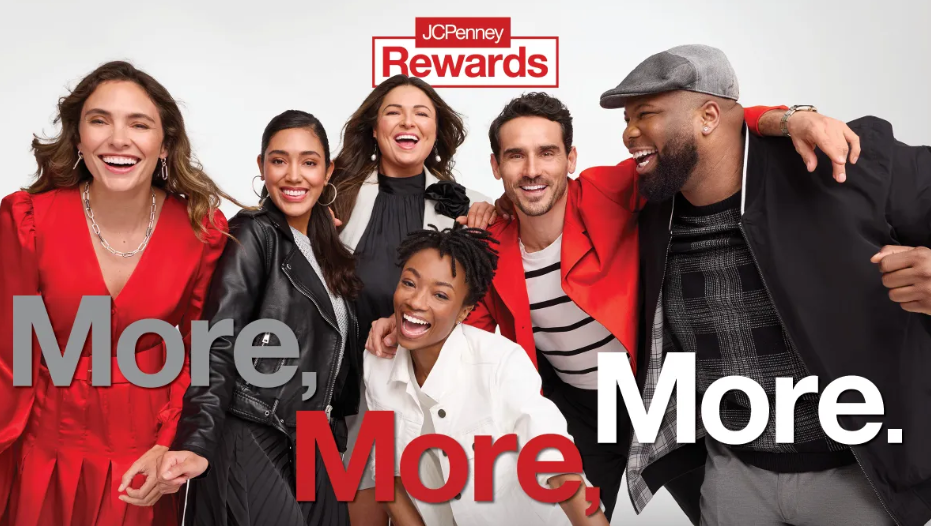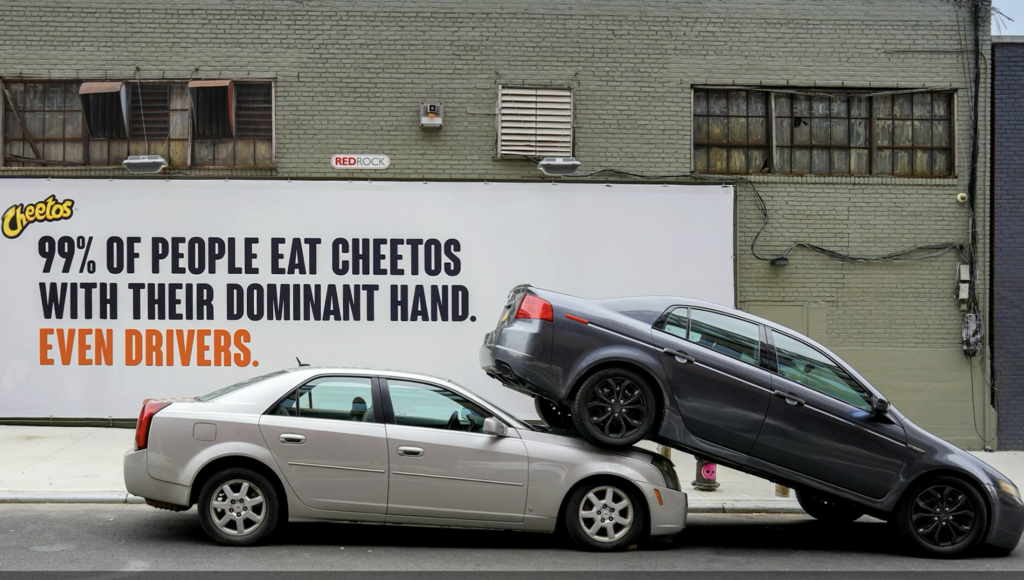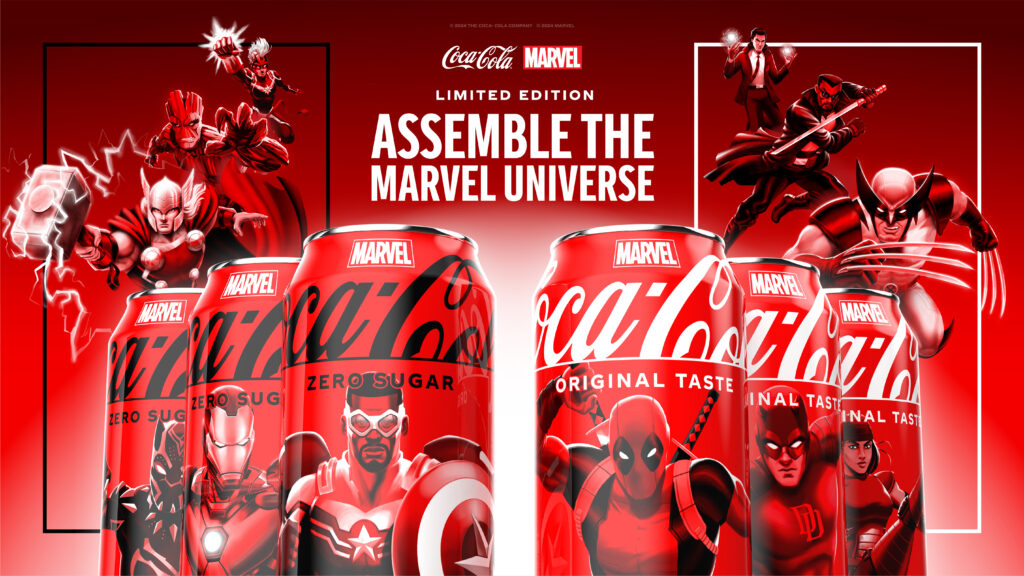The pandemic turned the restaurant and QSR business on its head – many brands profited as consumers turned to drive-thru, delivery and pickup options, while physical restaurants struggled to survive.
Since then, pent up demand has drawn consumers back into physical locations but the digital transformation is not going anywhere. Whether it is app ordering, scanning QR codes for menus or low-to-no-contact options for pickup and delivery, the last couple of years have redefined the culture of eating. As 2022 approaches, one thing is clear: the pandemic-driven innovations will continue to dominate the restaurant and QSR experience.
“Preferences around dining and ordering will continue to evolve, and successful QSR brands understand that customers will expect more ease and convenience and are driving business decisions based on that insight,” said Lindsay Morgan, chief marketing officer of Pizza Hut. “Last year, Pizza Hut rolled out new, even easier ordering experiences with contactless delivery, carryout and dedicated pick-up windows called Hut Lanes where customers can pull up and grab their orders without having to get out of their car.”
“The COVID reality forced marketers to become digital transformation experts overnight, and that trend will continue,” said Casey Terrell, senior director of marketing at Focus Brands. “There is no distinction between tech/digital and marketing anymore because modern consumer engagement relies on the mastery of both.”
As digitization grows, so too will the expectation for personal experiences. “Consumer expectations for personalized experiences will not only grow in their digital journey, but will quickly grow in their physical footprint,” said Luis Martinez, Director, Marketing Intelligence & Customer Relationship Management at Denny’s. “Brands must be ready to leverage their consumer data to drive meaningful experiences, regardless of how a consumer decides to interact with you.”
“Customer experience will never be less important than it was yesterday,” said Megan Sullivan, director of global digital strategy & prioritization at McDonald’s. “Our customers’ expectations get higher and higher as they experience best-in-class not only from our competitors but across all industries.”
Even as demand for in-person dining has accelerated over the last few months, many consumers have gotten used to the benefits of take out and delivery from their favorite restaurants and that trend is expected to continue. “The demand for delivery-friendly, portable options is the highest it’s ever been,” said Kieran Donahue, Chief Marketing Officer, at IHOP. “Restaurants have an opportunity to lean into this change and build brand connections with guests in new ways. With off-premise sales nearly doubling since the start of the pandemic, the latest iterations of IHOP’s menu innovations can be enjoyed at home, on-the-go, under our blue roof or wherever guests may be.”
Erin Levzow, vice president of marketing technology at Del Taco agrees that the acceleration of marketing technology in the QSR space including third-party delivery, curbside pickup, digital solutions and AI will continue. “In the next few years we will continue to see AI solutions evolve and an even bigger focus on first-party data,” she said.
As digital experiences increase, digital marketing and media buys will also play a bigger role in media spend next year.
“In the coming year, I expect to see two major trends unfold: one is how advertisers better scale digital investment away from linear TV to provide value to customers in exchange for their data due to the demise of third party cookies, as well as marketing teams being called on now more than ever to help address enterprise wide challenges like supply chain and labor shortages, rising costs, and sustainability initiatives,” said Kate Trumbull, vice president of advertising & Hispanic marketing at Domino’s Pizza.
Restaurant and QSR marketers looking to reach new audiences will also be more present in social spaces where consumers spend their time. “The sheer power of TikTok continues to amaze me,” said Patrick Benson, senior manager, digital & social at El Pollo Loco. “It’s the only platform right now with massive organic engagement and social reach. Every brand should be taking TikTok seriously and considering it as part of their go to market approach. One viral video can change the trajectory of a campaign or completely sell out a product. TikTok should no longer be an afterthought when building digital and social campaigns.”
Consumers are not only evolving how they eat, but also how they interact with brands. “I think the pandemic has changed how consumers interact with brands, they are seeking more variety at a great price, no,” said Taiya Ryan, director of brand marketing at Pizza Hut International, YUM! Brands. “Digital technology has put everything at the consumers fingertips and brands need to find a way to delivery value in a meaningful and authentic way to be distinctive and breakthrough the clutter. I am excited to see how brands continue to evolve.”
Alex Tokatlian, director of product & multicultural marketing at Marco’s Pizza expects corporate responsibility to increase. “CSR is no longer a nice-to-have, as both consumers and employees demand it. Consumers want brands that do more than just offer a product, and employees want to work for Brands that stand behind the things they care about,” he said.




